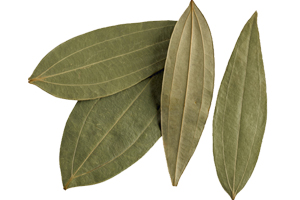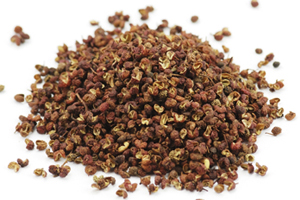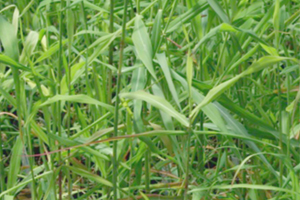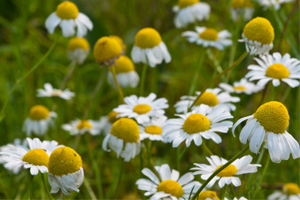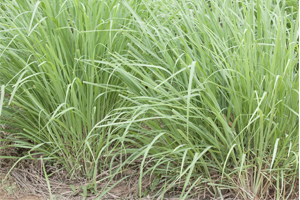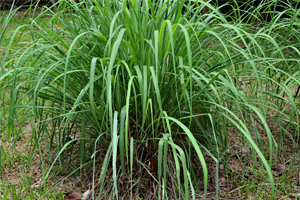Juniper Essential oil
Juniper Essential oil
| Botanical Name | Juniperus indica Bertol. |
|---|---|
| Common Name | Juniper |
| Family | Cupressaceae |
| Parts of used | Leaves and fruits |
| Method of extraction | Steam distillation |
| Distribution | 3700-4100m throughout Nepal |
| Type of Product | Wild crafted |
Plant Description:
Juniperus indica is a sizeable gregarious shrub, or small tree that grows up to 20 m tall with mostly horizontal branching. Its leaves are dark grey-green, dimorphic, with adult plants having mostly scale-like leaves 1-3 mm long, while young plants have mostly needle-like leaves 5-8 mm long, but needle-like leaves can also be found on shaded shoots of adult plants. The leaves are borne in whorls of three on strong stout main stem shoots, and opposite pairs on thinner, slower-growing shoots. It is dioeciously, with male (pollen) and female (seed) cones on separate plants. The mature seed cones are ovoid, berry-like, 6-10 mm long, glossy black, and contain a single seed; the seeds are dispersed by birds which eat the cones, digest the fleshy cone pulp, and excrete the seeds in their droppings.
Product Description:
Juniper (Juniperus indica) oil is a high value wild crafted essential oil with its amazing medicinal and aromatic values. The essential oil of juniper is obtained through steam distillation of the needles, leaves, wood and powdered fruits of juniper. Fresh leaves and fruits of Juniper are collected from juniper forest in the Himalayan districts of Nepal. Juniper oil is used in many industries, as well as to flavor alcoholic beverages like gin. Juniper essential oil is mostly used for its properties as an antiseptic, sudorific, ant-rheumatic, depurative, anti-spasmodic, stimulating, stomachic, astringent, carminative, diuretic, rubefacient, vulnerary and tonic substance.
Chemical Constituent:
Juniper essential oil constitute ά- pinene, sabinene and ά- terpinene as major components and others are camphene, β- pinene, δ-3-carene, myrcene, limonene, β-phellandrene, γ-terpinene, p-cymene, terpinolene, trans-3-ethoxy-p-menth-1-ene, campholenic aldehyde, camphor, ά-copaene, bornyl acetate, terpinen-4-ol, caryophyllene, and ά-terpineol.
Benefits:
- Juniper essential oil is a good disinfectant therefore it efficiently protects wounds from becoming infected or developing tetanus.
- The oil improves blood circulation and removes toxins—such as uric acid from the body, as a result, it helps to fight conditions like rheumatism, arthritis, gout, and renal calculi.
- It helps to cure cramps and spasms, thus relaxes cramps–muscular, intestinal, and respiratory or any other area.
- The oil tightens loose muscles and helps to make it firm, fit, and remain youthful.
- It can initiate blood vessels to contract; as a result, it reduces the chances of hemorrhage.
- Being a diuretic—promoting urination–in nature, it is beneficial in reducing the suffering of accumulation of water in the body and swelling.
- The sudorific substance in the oil promotes sweating or perspiration. Occasional perspiration helps to remove toxins, excess salt, and water through sweat, which further cleans skin pores, opens sweat and sebum glands, thus prevents acne.
Medicinal use:
Juniper Essential Oil is mostly used for its properties as an antiseptic, sudorific, ant-rheumatic, depurative, anti-spasmodic, stimulating, stomachic, astringent, carminative, diuretic, rubefacient, vulnerary and tonic substance. Juniper fruits are stomachic, diuretic, emmenagogue, carminative, stimulant and used in cutaneous disease. Wood yields cedar oil and is used to cure chronic disorders of the urogenital tract. A poultice made up of needles is applied to wounds; berries are used in aphonia, laryngitis, pulmonary catarrh, and asthma.
Culinary use:
Its astringent blue-black seed cones (juniper berries) are too bitter to eat raw and are usually sold dried and used to flavor meats, sauces, and stuffings. Since juniper berries have a strong taste, they should be used sparingly. They are generally used to enhance meat with a strong flavor, such as a game, including game birds, or tongue. The cones are also used to flavor certain beers and gin.
- MSDS
- TDS
- COA
- Specification Sheet
